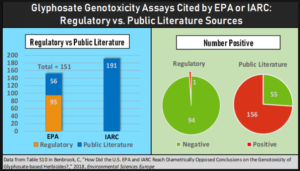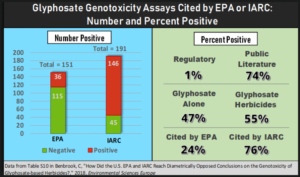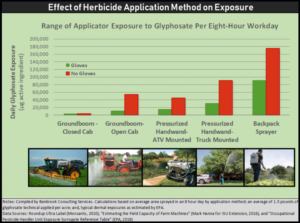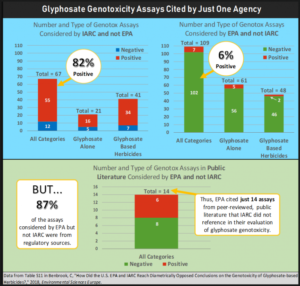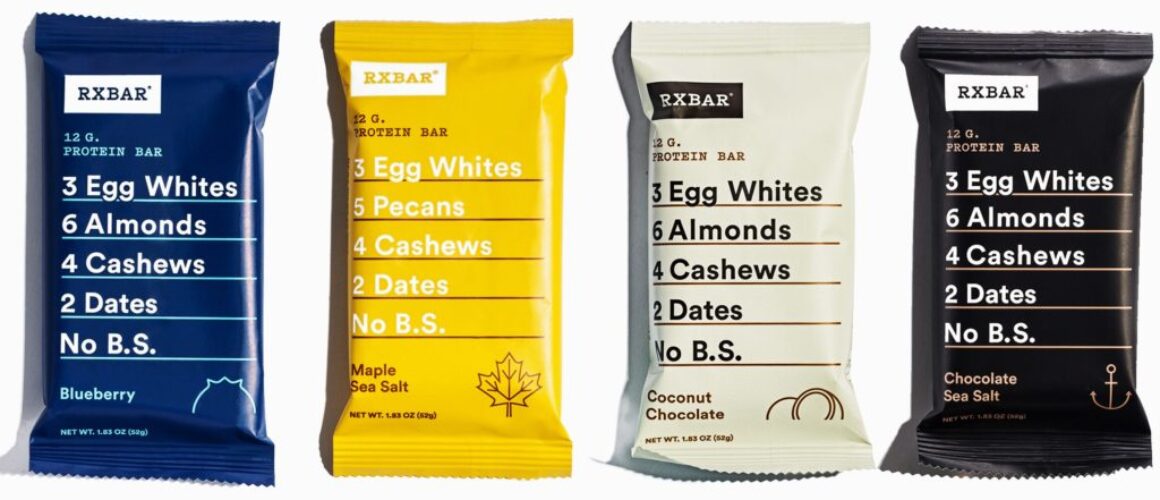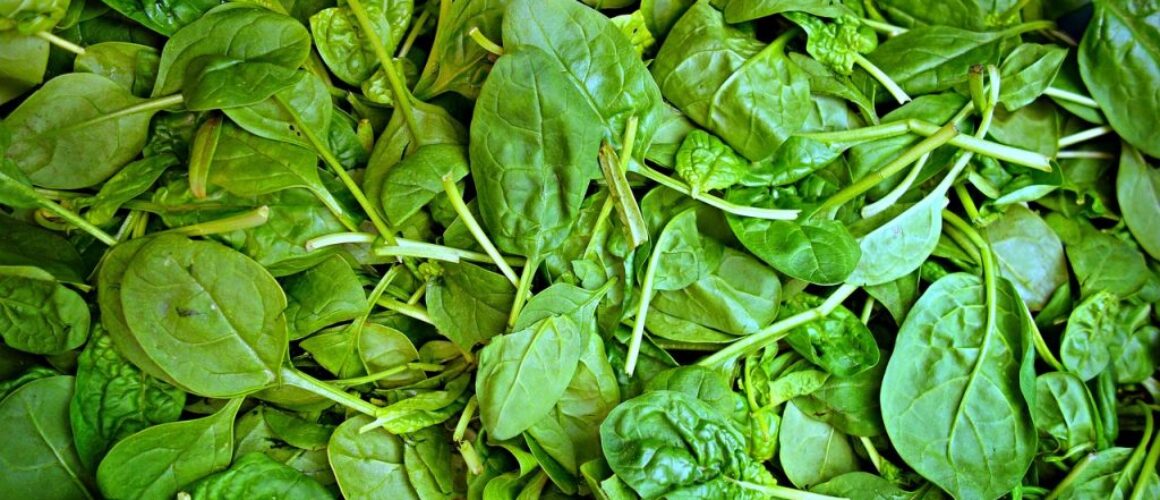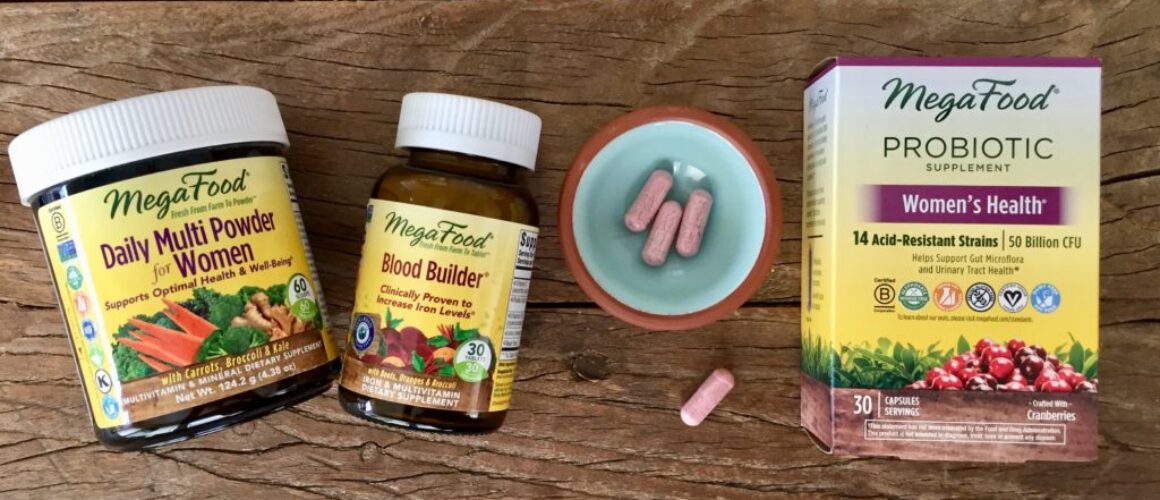Food Allergies: The Hidden Truth About Peanuts
Today is National Peanut Butter Day. Could there be a product that is both so loved and so feared?
And what do we actually know about it?
Most of the peanuts consumed in the U.S. are now one of the most pesticide-contaminated snacks we eat. The USDA Pesticide Data Program found 8 pesticides on peanut butter. Piperonyl butoxide was found 26.9% of the time.
We tend to only hear about the peanut allergy when it comes to peanuts in the news, but a deeper look into how we grow peanuts today unearths a lot of questions.
Since when did so many kids suddenly have a peanut allergy? The number of people with peanut allergy has quadrupled in the last thirteen years. A peanut butter and jelly sandwich hasn’t always been a loaded weapon on a lunchroom table.
From 1997-2002, the incidence of peanut allergy doubled. In the last thirteen years, it has quadrupled. In the last fifteen years, there has been a 50% increase in the number of children with food allergies. About 1 in 13 U.S. children have food allergies—a 50 percent increase from the late 1990s, according to a recent CDC survey.
But that’s not where it stops.
Children with food allergy are two to four times more likely to have other related conditions such as asthma and other allergies, compared with children without food allergies.
In part, this is why this generation of children has earned the title of “Generation Rx.” They can’t go anywhere without an asthma inhaler or EpiPen, a life saving injection of epinephrine should an allergic reaction occur. In 2012, EpiPen sales were on track to bring in $640 million this year, a 76 percent increase over last year.
And when President Obama shared on CBS News a few years ago that his daughter has a peanut allergy and asthma, peanut allergies got even more serious, and the online world got fired up, as the President was signing a bipartisan bill that offers a financial incentive to states if schools stockpile epinephrine. Epinephrine, also known by the brand name, EpiPen, is considered the first-line treatment for people with severe allergies.
Online comments flooded in:
As a mother of two kids with severe peanut allergy, I think this is a GREAT idea! We are a military family and have had three addresses in the last few months. Each time my son had to be enrolled in school we need a form signed by our doctor for each the Benedryl and Epipen. Our doc no longer faxes these forms so there IS a waiting period while it goes through the mail!!! I can rest easy that our school has a few on hand until the paperwork gets signed and mailed to me and I can supply our own Rx epipens!!!
Epi-pens do expire but they likely are good for 2-3 years. They are ridiculously expensive. A 250ml bottle of generic epinephrine costs about $3, but an epi-pen containing 0.20ml of the same strength epinephrine costs about $300, probably due to the patent on the auto-injector.
25% of anaphylactic reactions happen in those with no known/diagnosed allergy. This can include food allergies and bee sting allergies. The risks of not administering epinephrine in an emergent situation far outweigh any risks of giving it. For example, anaphylaxis is often confused with severe asthma attacks but epinephrine was the first line treatment for severe asthma attacks for years.
Here’s an idea…lets have the PARENTS of the kid who has allergies send the EpiPens into school vs having the schools pay to stockpile them, when most will not be used and expire anyway. Doesn’t take a rocket scientist to realize kids didn’t have all these “allergies” before chemicals were put into our food.
Others called this a “band aid” solution to a real problem: the skyrocketing rates of allergies in our children and how to get to the bottom of what is causing them. Some will talk about peanut oil used in vaccines and others will float the hygiene hypothesis, saying that we are no longer exposed to healthy bacteria because we no longer live on farms. The peanut allergy epidemic began fifteen years ago. We weren’t living on a farm when this took off. If we are going to talk about our overly Purell-ed environment, then we also need to talk about the fact that we are no longer exposed to healthy bacteria because how our food is now processed, treated with chlorine, preservatives, antibiotic, growth hormones and synthietc chemicals before it even hits our dinner plates.
It begs the question: Are we allergic to food? Or to what’s been done to it? Are we allergic to peanuts or what’s been done to them?
And why all of a sudden do we have so many children with such severe food allergies that it requires the President to essentially write a prescription for kids around the country?
Well, a closer look at the mighty peanut might shed some light.
It’s interesting to note that the peanut is actually a bean. Its shape is similar to a soybean, and it is not a nut at all. It is part of the legume family but different to the soybean and other beans which grow in pods on vines. The peanut has its pod in the ground.
In other words, it’s buried in the soil. It has a soft skin that protects it (not a hard shell like a walnut). Put anything in that soil and you can imagine how it gets absorbed into the peanut. Put genetically engineered seeds in that soil and you get soil that is saturated with a controversial chemical, glyphosate, linked to everything from cancer to infertility.
Peanut crops are often rotated with cotton crops, and now that cotton has been genetically engineered to withstand increasing doses of crop chemicals, it’s anyone’s guess as to just how polluted that soil has become.
But it’s not a guess to the farmers.
According to farmers, “Peanuts are raised in the part of our country where peanuts are a rotation crop with cotton. Most of the cotton is glyphosate tolerant and receives numerous glyphosate applications per year. Glyphosate severely damages the beneficial microorganisms in the soil. This leads to an increase in the population of opportunistic or bad organisms in the soil. The bad organisms cause an increase in the number of diseases that will adversely effect the peanut crop. This leads to an increased use of insecticides and fungicides on the peanut crop. It is common to see a conventional peanut crop sprayed with some type of pesticide every 8-10 days during the growing season.”
“Negative impact on the body is insidious and manifests slowly over time as inflammation damages cellular systems throughout the body,” the study says. The EPA is conducting a standard registration review of glyphosate and has set a deadline of 2015 for determining if glyphosate use should be limited. The study is among many comments submitted to the agency.
Peanuts tend to be grown in warm climates and as a result things can get pretty humid. Fungus can grow, and this results in increased use of fungicides being applied to non-organic peanut crops.
The fungus itself is not what we need to worry about (though the increasing levels of fungicides raises concern), but there is a poison that is released from the fungus known as “aflatoxin”. This cancer causing agent can attack the liver and is a deadly toxin. Scientists have expressed concern over low-level, long-term exposures to aflatoxin. According to Cornell University, studies have shown a correlation with liver cancer risk.
Because the peanut is also a big target for little pests, peanuts are also one of the crops most heavily routinely saturated with pesticides.
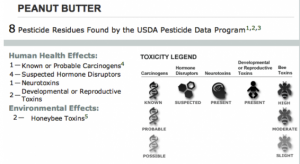
According to the National Pesticide Information Center, piperonyl butoxide is considered a possible human carcinogen based on limited evidence of cancer in laboratory animals. Piperonyl Butoxide (PBO), a highly toxic substance that causes a range of short- and long-term effects, includ- ing cancer and adverse impacts on liver function and the nervous system, is one of the most commonly used synergists in pesticide products. Synergists are chemicals added to pesticide formulations to enhance the toxicity of the active ingredients.
As it turns out, peanuts and these pesticides aren’t the only ingredients in peanut butter. Conventional peanut butters can contain hydrogenated oils, sugar, salt and other ingredients such as soy protein, corn syrup and stabilizers. Many of these ingredients can be genetically engineered to either produce their own insecticidal toxins or to withstand increasing doses of weed killer. In other words, you’re getting a whole suite of products along with that peanut.
Aflatoxins can be present in either conventional or organic making refrigeration of peanut butter so important, as it slows down the growth of aflatoxins. As you might imagine, all peanut butters must be tested for aflatoxins.
So what’s an eater to do?
Buy organic peanut butter if you eat peanut butter and refrigerate it. Why organic? You will be avoiding that added load of fertilizer, fungicides and pesticides that are applied to conventional peanuts, as well as any high fructose corn syrup and hydrogenated oils (possibly full of GMOs or genetically engineered ingredients and genetically engineered soy, which when introduced in the late 1990s resulted in a 50% increase in the number of people with soy allergies).
On top of that, there are no animal testing models for the allergenicity of genetically engineered ingredients, so we are just banking on the promises of the chemical companies that have introduced and patented these ingredients. The FDA has not conducted any independent, long-term, human health studies. They don’t have the resources or access since genetically engineered ingredients are protected as intellectual property under U.S. Patent law.
As a result, grocery store chains like Wegman’s state:
“Testing for GE ingredients is extremely difficult, if not impossible, to do. For example, there is no test available that can reliably determine the source of ingredients that have been highly processed, which is the case for corn syrup, soybean, canola, and corn oil. These are four of the most common ingredients made from GE crops.”
That’s enough to make any parent of a child with food allergies stop in her tracks.
If you head into the grocery store, you can see an expanding line of organic peanut butters. And if you are not peanut allergic, according to a 2002 Harvard School of Public Health study published in the Journal of the American Medical Association, consuming one tablespoon of peanut butter five or more times a week can reduce the risk of developing type-2 diabetes by 20%.
The mighty, unpolluted peanut is also a good source of fiber, vitamin E, potassium, folate, zinc and magnesium and contains resveratrol (also found in red wine), flavonoids, and antioxidants, all of whose health benefits are increasingly being proven to help you prevent a wide variety of diseases. Just remember to go organic to avoid that load of chemicals. Arrowhead Mills Organic Peanut Butter claims to be completely aflatoxin-free.
And lastly, it’s also really important for parents of children with peanut allergy to know that the peanut can be cross-reactive with soy. According to the Mayo Clinic and the Asthma and Allergy Resource Center, a person with a peanut allergy can have an allergic reaction after eating a food that contains soy (link to additional information here).
So what’s an American to do?
- If you have or suspect you have a peanut allergy, see a medical professional immediately to determine the best treatment and prevention plan.
- If you are a peanut butter lover, eat a clean peanut. Organic peanut butter does not allow genetically engineered ingredients and synthetic toxic chemicals to be used in its production.
- Refrigerate peanut butter to keep those aflatoxins away.
- Learn about options: almond butter, sunflower nut butter and other options are increasingly available as more and more people are impacted.
- Be compassionate for those that are affected by the peanut allergy. No one would choose to have it. Having a child whose life could depend on an epinephrine shot is not something any parent anywhere would choose. Work together. Parents of peanut allergy kids are probably really scared and that can present in a lot of different ways.
- Learn the signs (a detailed list is below). The landscape of childhood is changing.
Know the Signs of an Allergic Reaction
The Mayo Clinic is a trusted resource for food-allergic information and highlights the following:
The most common food allergy symptoms include:
- Tingling or itching in the mouth
- Hives, itching or eczema
- Swelling of the lips, face, tongue and throat, or other parts of the body
- Wheezing, nasal congestion or trouble breathing
- Abdominal pain, diarrhea, nausea or vomiting
- Dizziness, lightheadedness or fainting
Anaphylaxis
In some people, a food allergy can trigger a severe allergic reaction called anaphylaxis. This can cause life-threatening symptoms, including:
- Constriction and tightening of airways
- A swollen throat or the sensation of a lump in your throat that makes it difficult to breathe
- Shock, with a severe drop in blood pressure
- Rapid pulse
- Dizziness, lightheadedness or loss of consciousness
Emergency treatment is critical for anaphylaxis.




